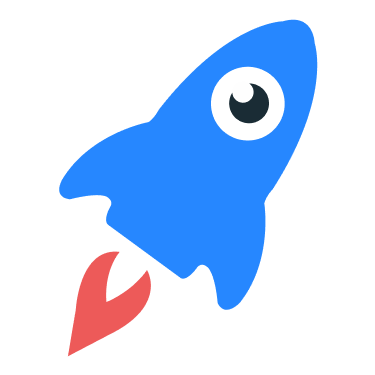1,920 reads
Onboard New Developers with Better Coding Practices
by
May 24th, 2022
Audio Presented by

Connect Developers'Knowledge. Define and share your best coding practices with Promyze.
About Author
Connect Developers'Knowledge. Define and share your best coding practices with Promyze.